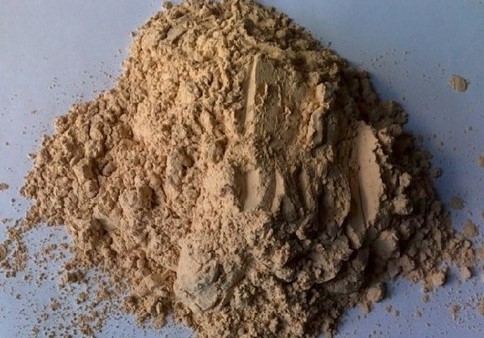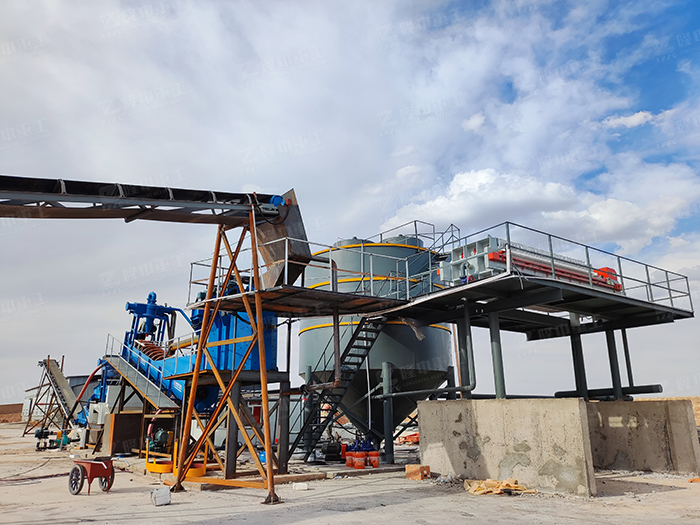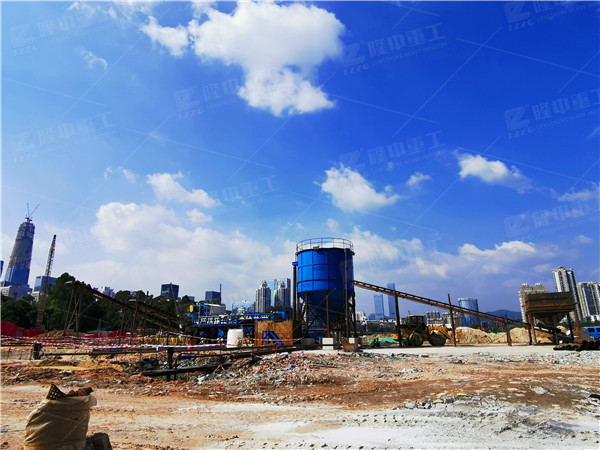The origin of diatomaceous earth
 June.21,2023
June.21,2023

Diatomaceous earth is composed of amorphous SiO2 and contains a small amount of Fe2O3, CaO, MgO, Al2O3 and organic impurities. Diatomite is usually light yellow or light gray, soft, porous and light. It is commonly used in industry as thermal insulation materials, filter materials, fillers, abrasive materials, water glass raw materials, decolorizers and catalyst carriers. The special porous structure of natural diatomite can be observed under a microscope, and this microporous structure is the reason why diatomite has characteristic physical and chemical properties.
Diatomaceous earth is a fossilized diatom accumulation soil deposit formed after the death of single-celled plants called diatoms after an accumulation period of about 10,000 to 20,000 years. Diatoms are one of the earliest protozoa that appeared on the earth, living in sea water or lake water. It is this diatom that provides oxygen to the earth through photosynthesis and promotes the birth of human beings, animals and plants. This kind of diatomaceous earth is formed by the deposition of the remains of diatoms, a single-celled aquatic plant. The unique property of this diatom is that it can absorb free silicon in water to form its skeletons. When its life is over, it will be deposited under certain geological conditions. Diatomaceous earth deposits are formed. Diatom ooze has some unique properties, such as: porosity, low concentration, large specific surface area, relative incompressibility and chemical stability. It can be applied to various industrial requirements such as paint additives after changing the particle size distribution and surface properties through processing procedures such as cleaning and impurity removal.





